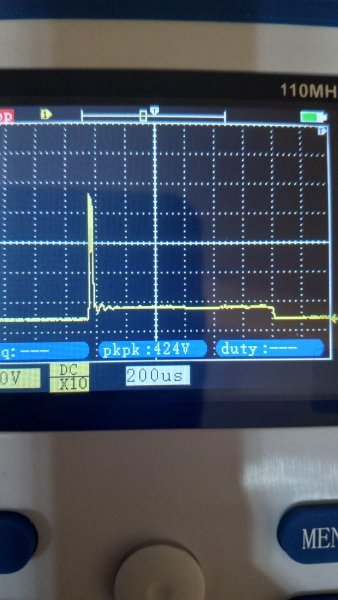So I picked up a cheap little oscilloscope to play around with.
I was hoping to get some reading from my ignitio coil , to try and compare with 2 different setups. Also I belive they can be useful for checking alternators among other things.
Basically just another tool I thought would be neat have and learn to use.
That's where the problem comes in! I don't really know how to use this thing ! I watched a few you tube video but they seem a bit vague and I'm not quite grasping some of it.
Here is my first wave form I got off my coil hooked up to the negative side.
The time frames and voltage scales all determine what you see on the screen and accuracy of the readings ?
People that know how to use these will be able to tell if I have my settings correct from my pics.
Just looking for some input.
View attachment 1883830View attachment 1883832
















